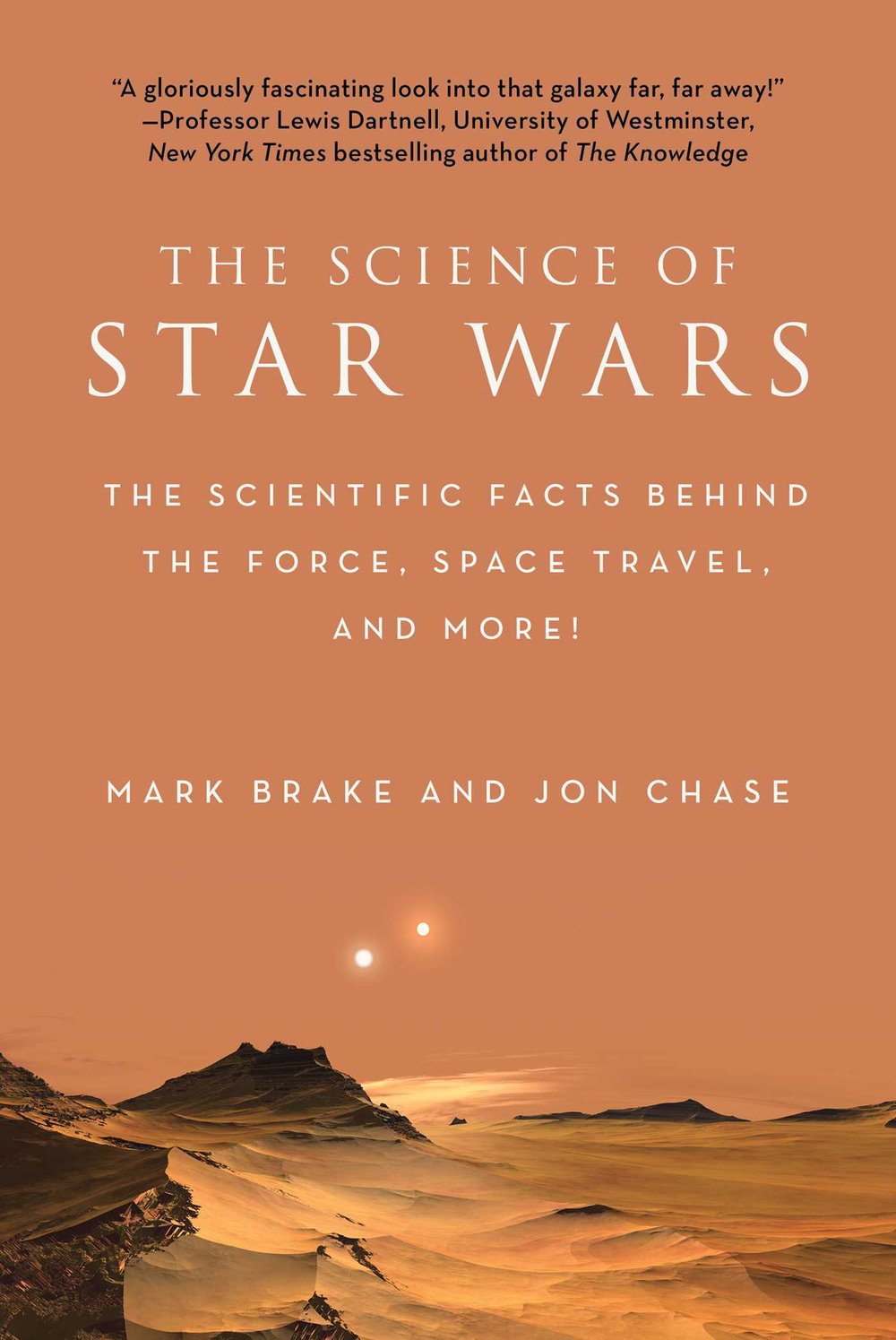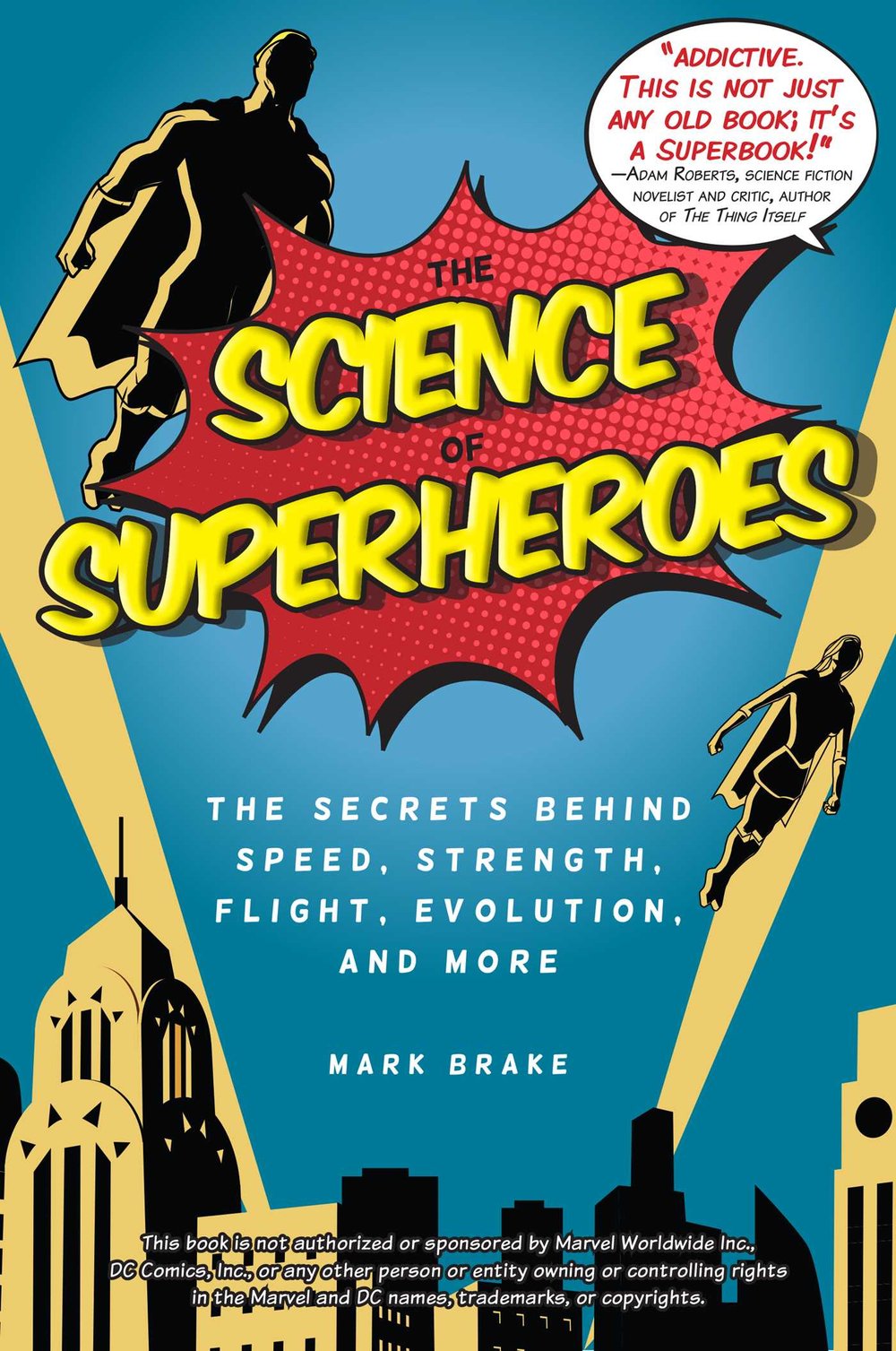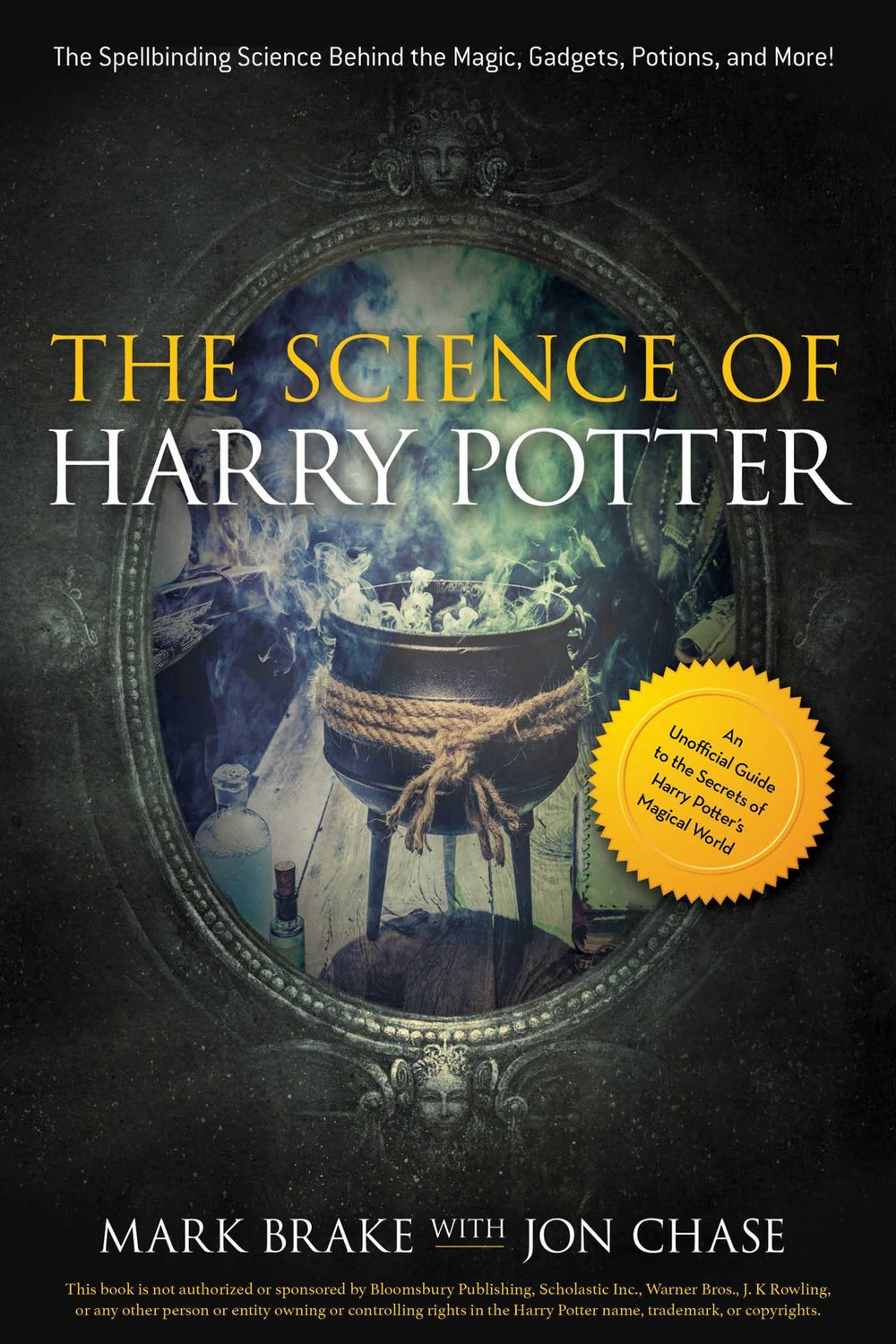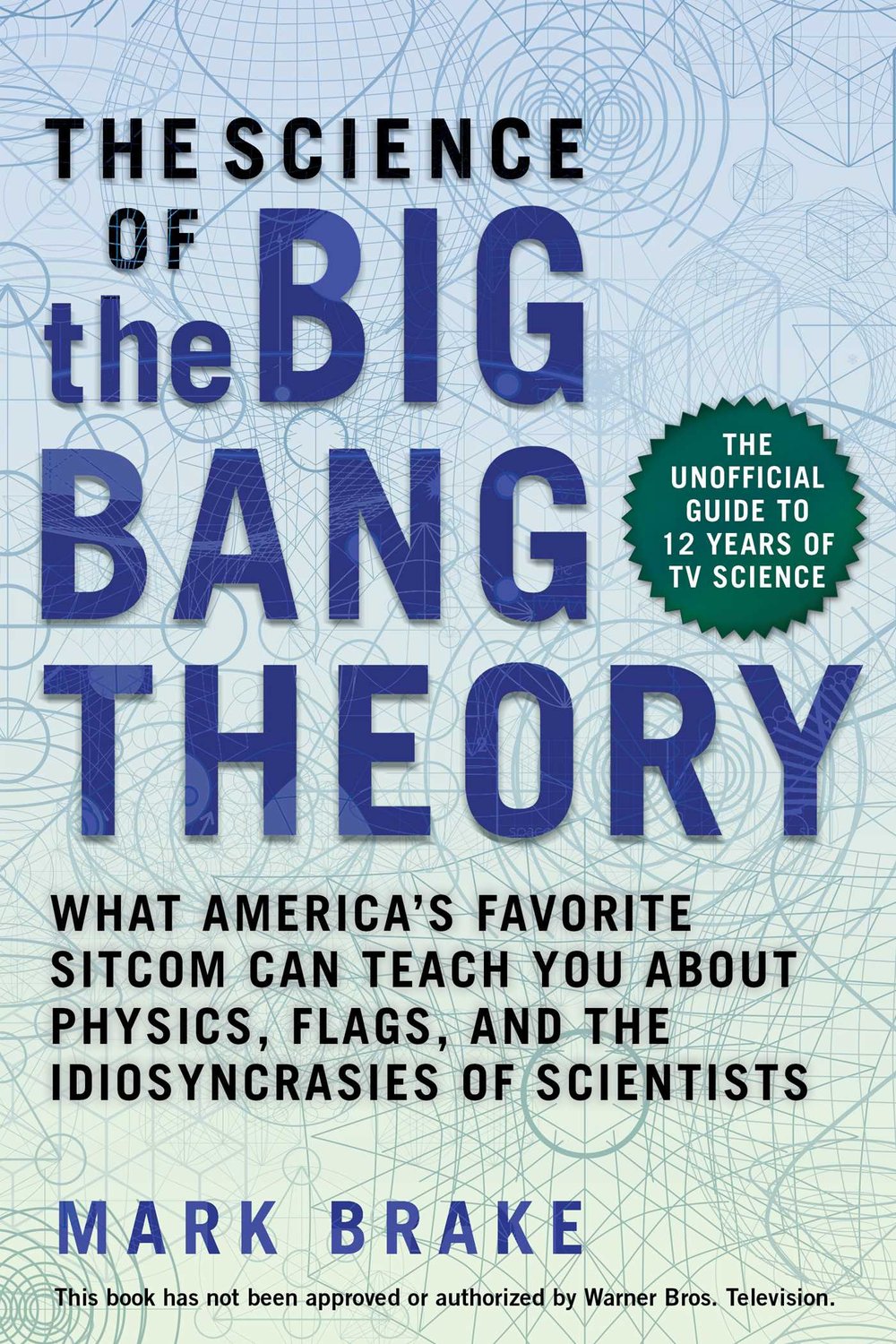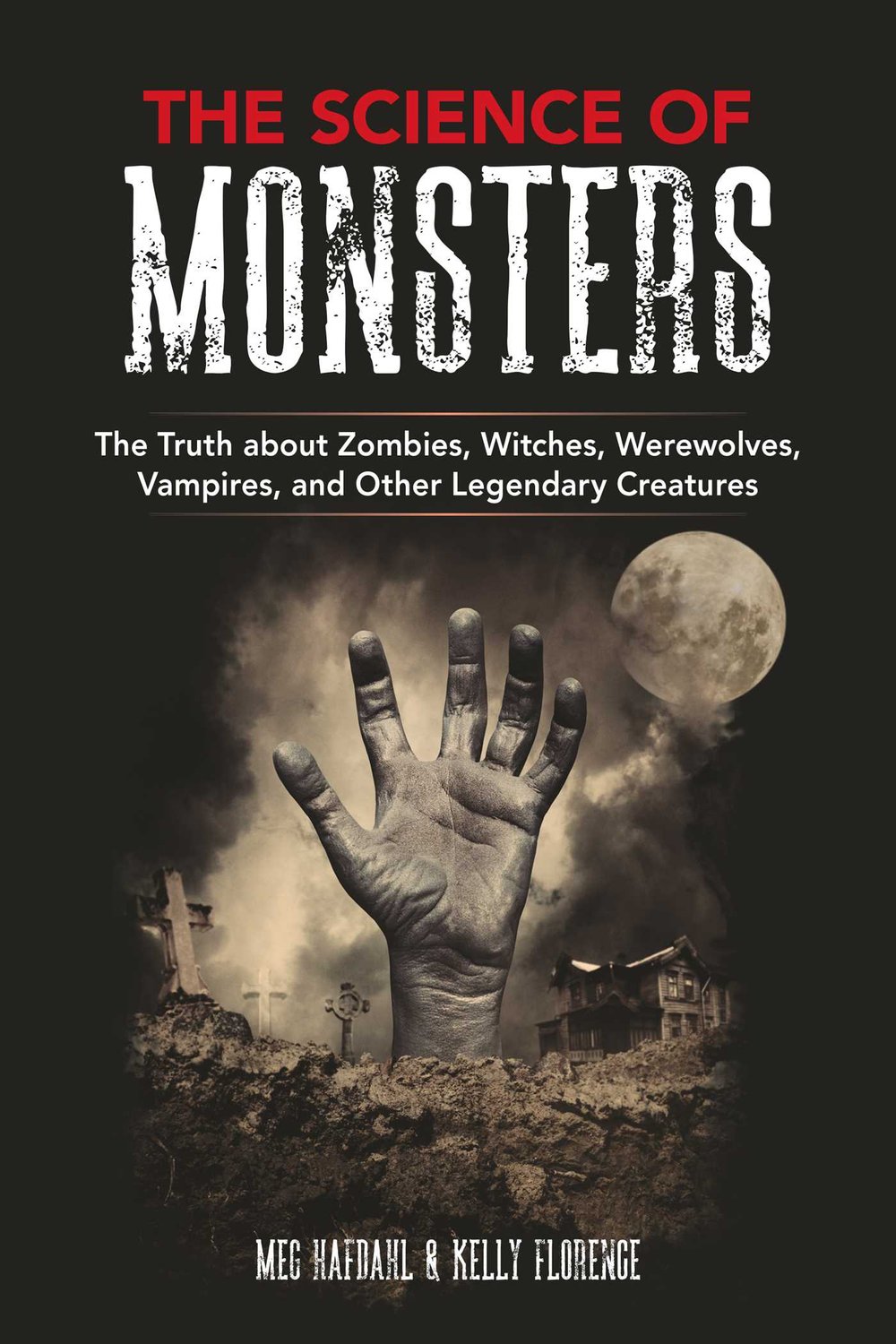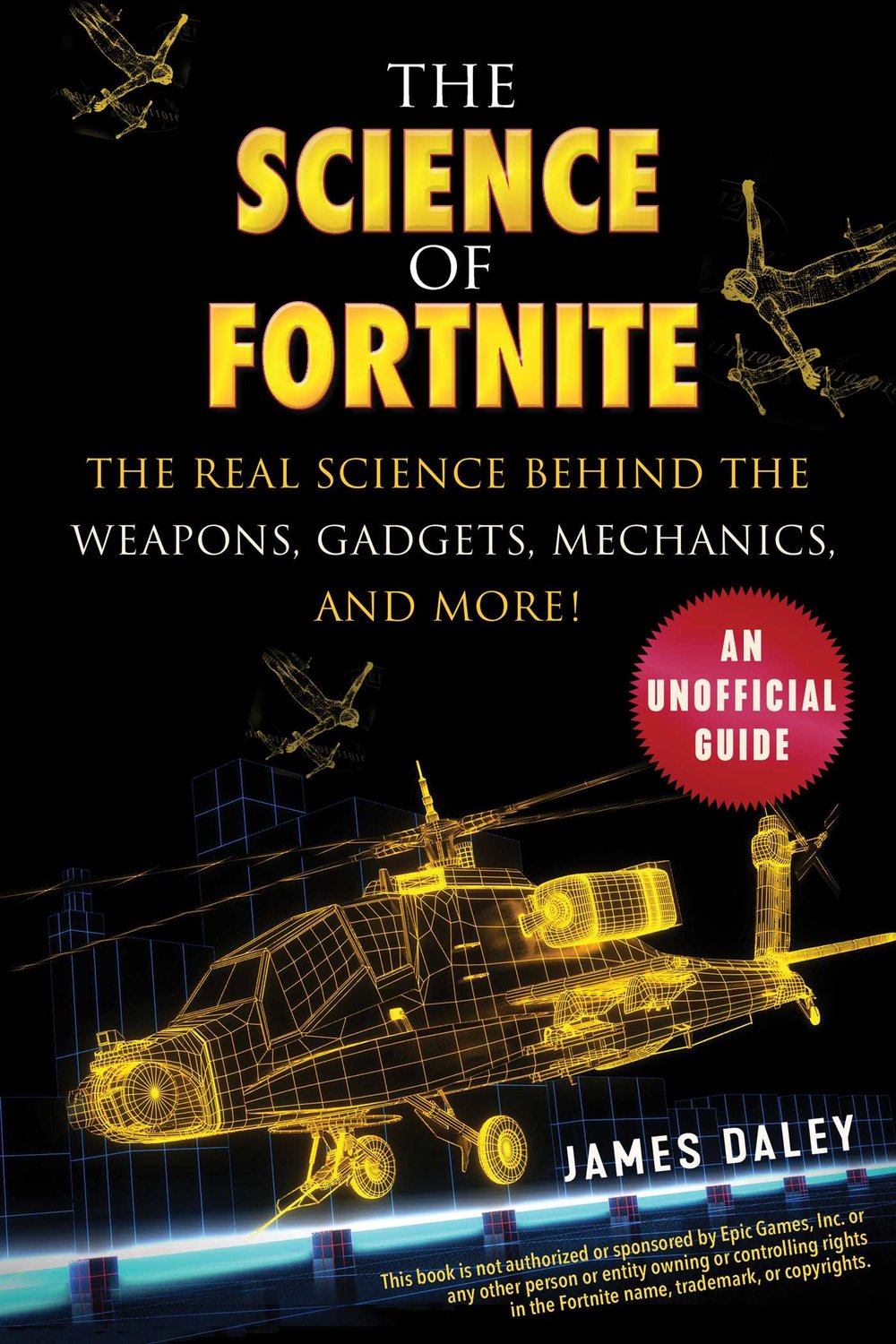The Science of The Mandalorian
The Anatomy of a Space Western
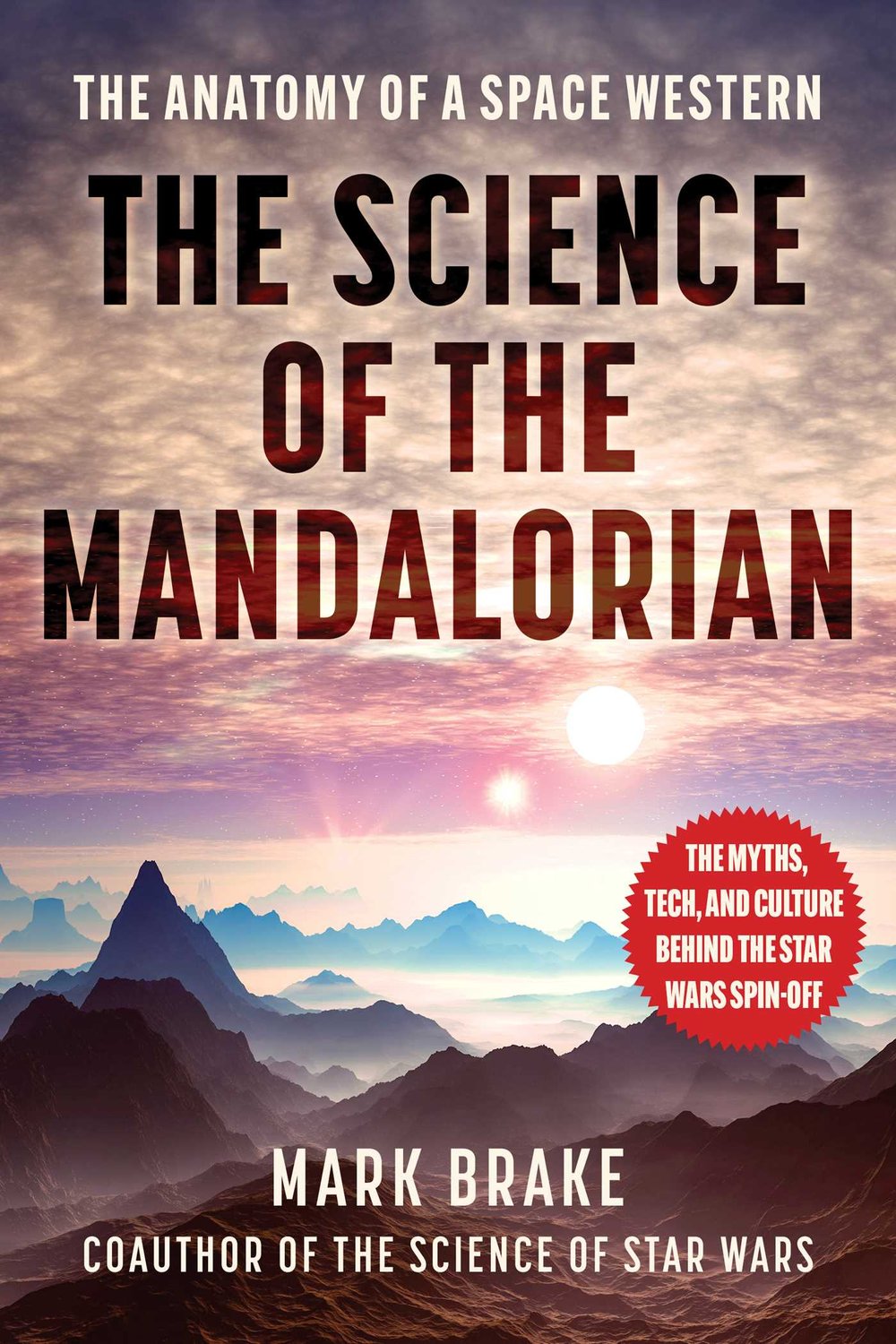
Take a trip beyond this Earth to explore the myths of The Mandalorian and uncover the anatomy of the newest space western in the Star Wars Universe.
Star Wars dominates the film world. The combined box office revenue of the Star Wars movies equates to over $10 billion, making it the second highest-grossing film franchise of all time. But this franchise is no blaster from the past. Its fantastically successful films have now been followed by multiple television series set in that same galaxy far, far away. The franchise’s flagship television series, and likely the firmest fan favorite for some time to come, is The Mandalorian.
Tracing the tale of the titular bounty hunter, traveling across the furthest reaches of that mythic galaxy, The Mandalorian has been greatly praised and highly acclaimed for creating characters with gravitas and originality, worlds with depth and impact, resulting in some of the best Star Wars content ever. Even though it’s set in deep space, The Mandalorian has as much in common with Western movies as it does with science fiction. Saloons. Bandits. 'Gun' duels. Bounty hunters. Outlaws with a price on their heads. Space exploration as a 'final frontier'. And a wild hero who doesn’t quite belong in a lawless part of the Galaxy after the fall of the Empire.
The Science of The Mandalorian takes you on a badass journey with a mysterious, lone gunfighter in the outer reaches of the galaxy, where your beskar armor will protect you from many things, but not the sight of a small, green, carnivorous humanoid with big black eyes and mysterious powers. This is the way.

Mark Brake developed the world’s first science and science fiction degree in 1999 and launched the world’s first astrobiology degree in 2005. He’s communicated science through film, television, print, and radio on five continents, including for NASA, Seattle’s Science Fiction Museum, the BBC, the Royal Institution, and Sky Cinema. Mark also tours Europe with Science of Doctor Who, Science of Star Wars, and Science of Superheroes road shows.


